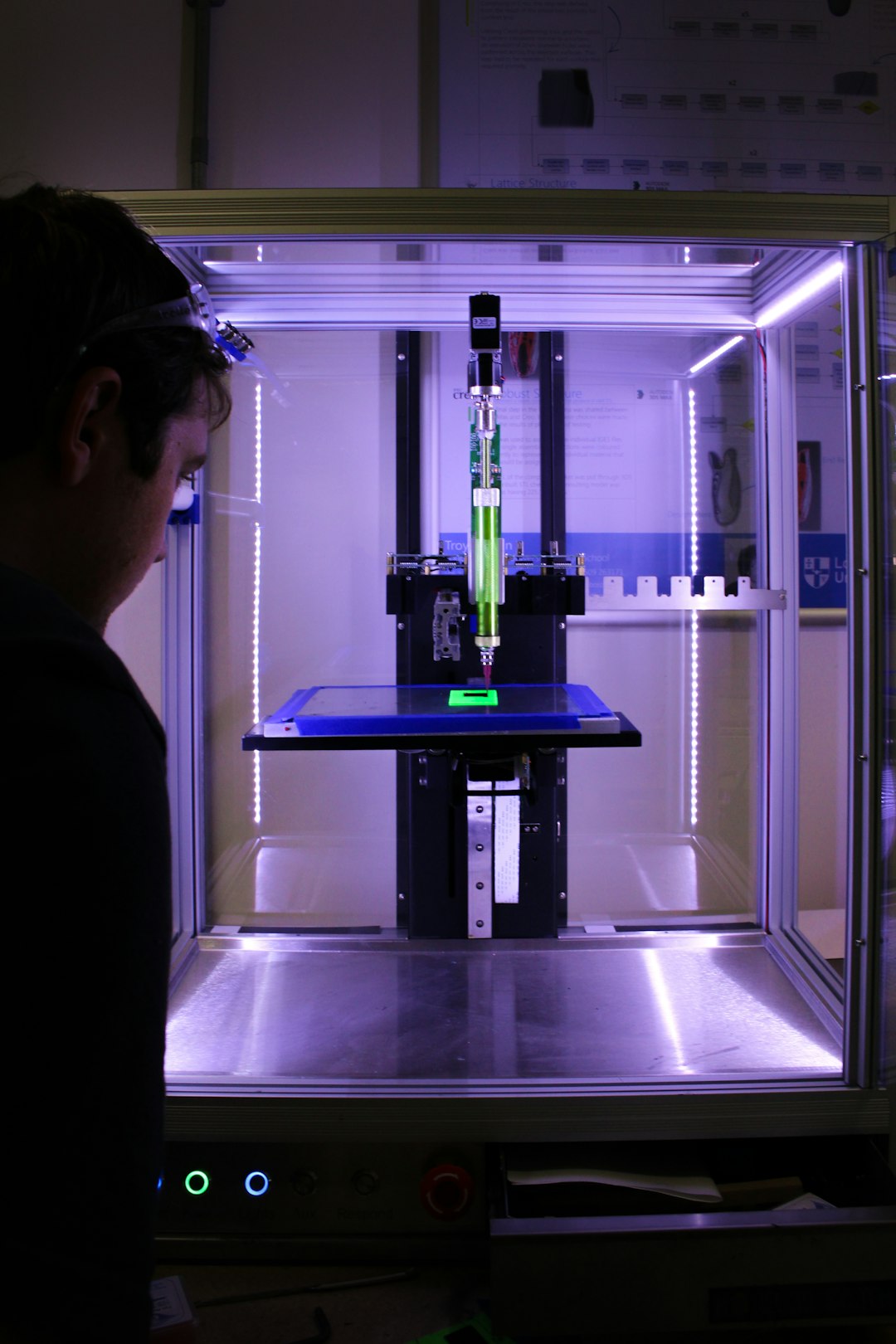Predictive maintenance (PdM) is a critical element in ensuring efficiency and productivity in the manufacturing industry. By utilizing advanced technologies and data analysis, it enables manufacturers to identify potential equipment failures before they occur, optimizing production processes, and reducing downtime.
In traditional maintenance practices, machines and equipment are repaired or replaced after a breakdown occurs. This reactive approach can result in costly downtime, production delays, and increased expenses. On the other hand, predictive maintenance takes a proactive approach by using real-time data, historical records, and machine learning algorithms to predict failures and schedule maintenance activities accordingly. By doing so, it prevents unexpected breakdowns and allows for more accurate planning and resource allocation.
One of the key benefits of predictive maintenance is its ability to monitor equipment performance and spot anomalies. Sensors attached to machines collect data on various aspects such as temperature, vibration, and energy consumption. This data is then analyzed to identify patterns, deviations, or any indicators of potential failure. By detecting these early warning signs, maintenance teams can intervene timely, avoiding major equipment breakdowns that may cause extensive downtime and costly repairs.
Furthermore, predictive maintenance enables manufacturers to optimize their maintenance schedule. Instead of adhering to rigid time-based maintenance routines, where machines are serviced at fixed intervals regardless of their condition, predictive maintenance analyzes real-time data to determine the optimal timing for maintenance activities. This approach ensures that machines are not unnecessarily taken offline for maintenance, resulting in improved efficiency and reduced maintenance costs.
Predictive maintenance also plays a pivotal role in reducing maintenance costs. By accurately predicting maintenance needs, manufacturers can plan and allocate resources more effectively. It eliminates the need for unnecessary maintenance interventions, reduces equipment wear and tear, and extends the lifespan of machines. This leads to significant cost savings by minimizing the need for costly repairs, replacements, and downtimes.
Moreover, the implementation of predictive maintenance improves overall manufacturing efficiency. By minimizing unexpected breakdowns and optimizing maintenance schedules, manufacturers can maximize their uptime and productivity. Equipment failures can disrupt production processes, leading to idle workers, missed deadlines, and financial losses. Predictive maintenance ensures that machines are running at their optimal condition, preventing interruptions and ensuring a smooth and uninterrupted production flow.
In conclusion, predictive maintenance has become an indispensable practice in the manufacturing industry. By leveraging advanced technologies and data analysis, it helps manufacturers identify potential equipment failures before they happen, optimize maintenance schedules, reduce costs, and enhance overall efficiency. With the growing availability of data and advancements in machine learning, the role of predictive maintenance is only expected to expand, revolutionizing the manufacturing industry in the years to come.

